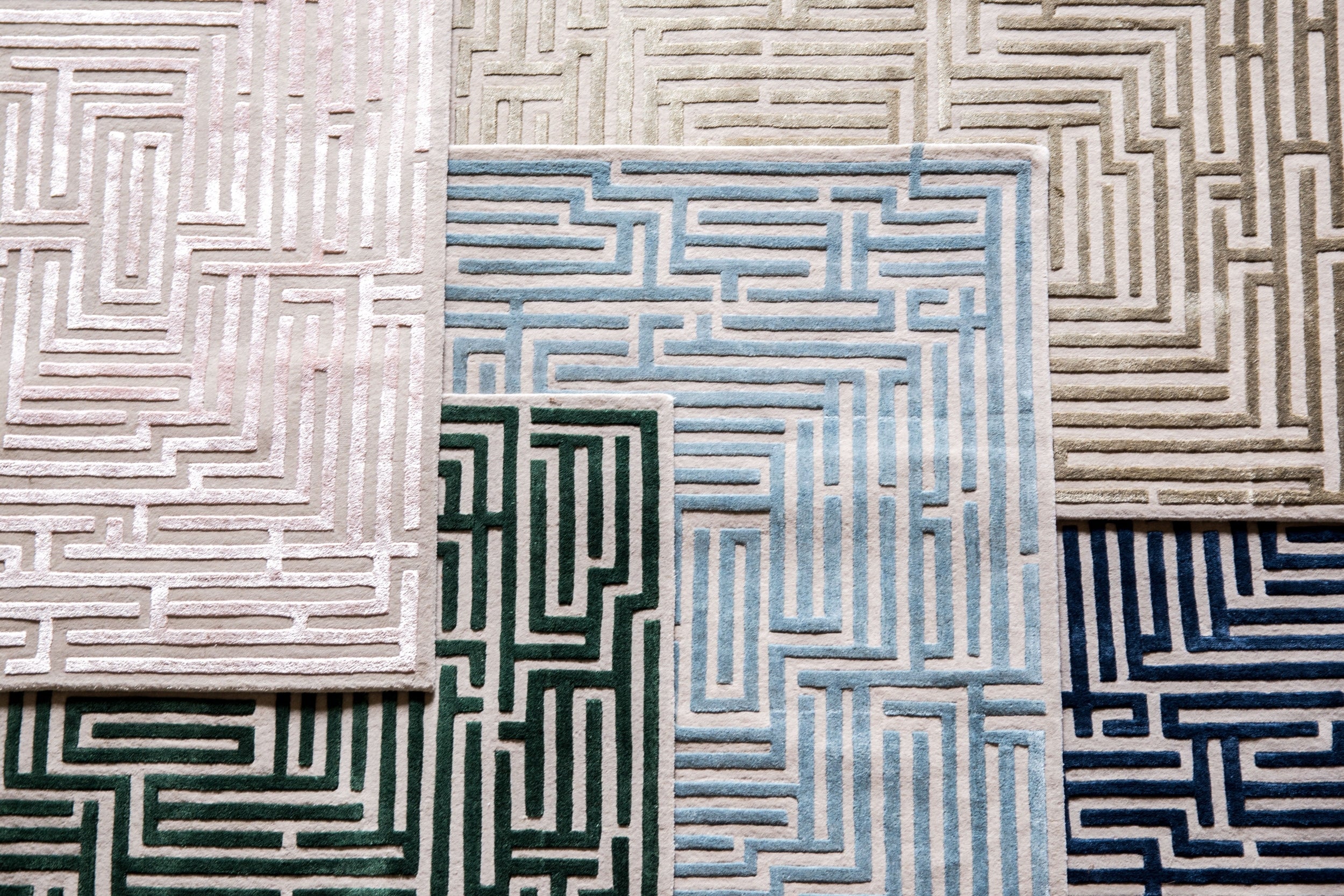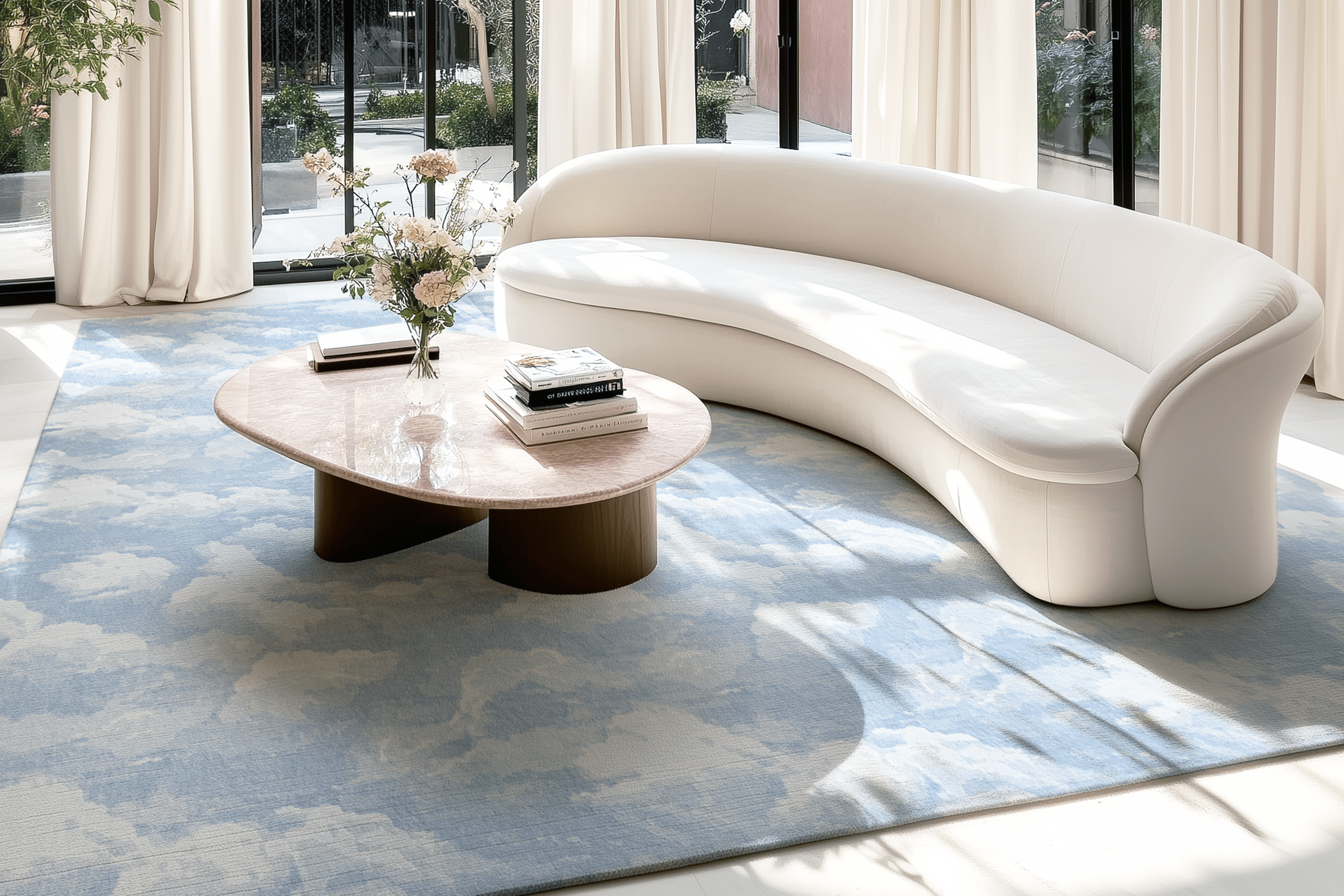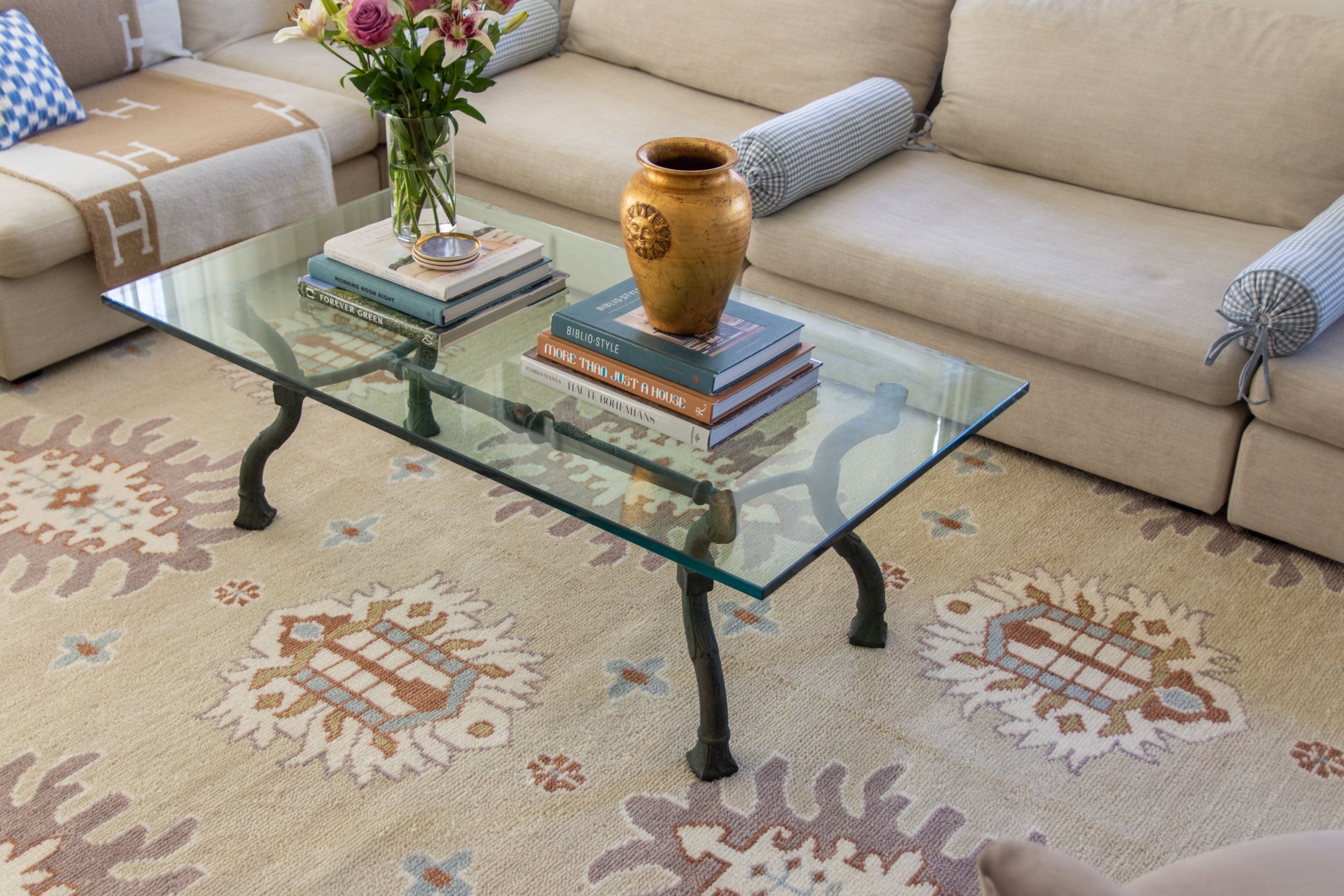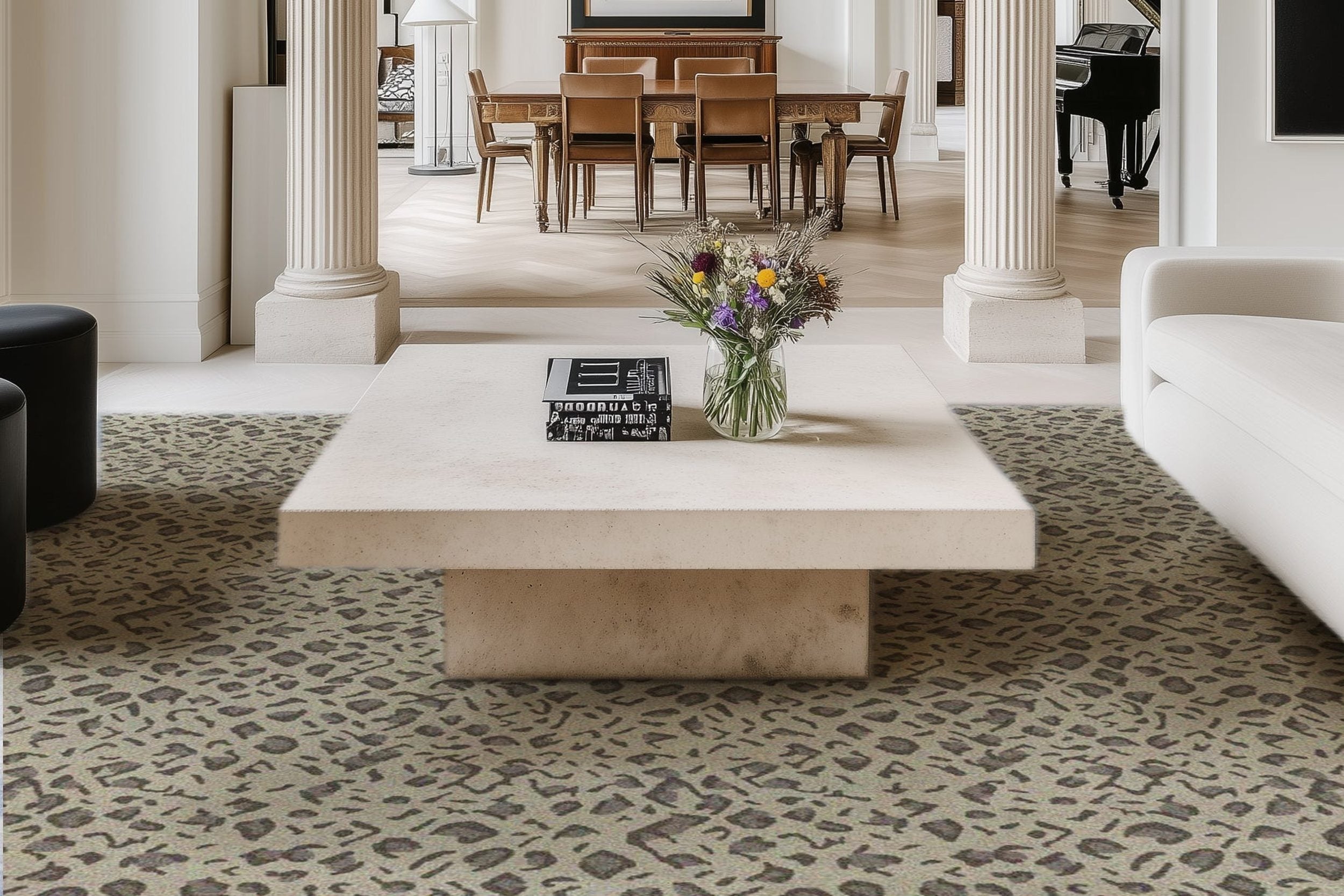What Are the Top Fire Table Trends to Watch Out For: Modern Designs and Features
 When you look at outdoor spaces in 2025, fire tables stand out as both functional and stylish centerpieces. They no longer serve only as a source of warmth but also as versatile gathering spots that complement modern patios. The top fire table trends this year focus on clean designs, sustainable fuel options, and multi-functional features that blend seamlessly into your outdoor setup.
When you look at outdoor spaces in 2025, fire tables stand out as both functional and stylish centerpieces. They no longer serve only as a source of warmth but also as versatile gathering spots that complement modern patios. The top fire table trends this year focus on clean designs, sustainable fuel options, and multi-functional features that blend seamlessly into your outdoor setup.
You’ll notice more variety in shapes and sizes, from compact options for small patios to larger round patio fire tables that encourage conversation. Materials are shifting toward durable stone, concrete, and metal finishes that balance aesthetics with long-term performance. If you want to explore a wide range of styles, you can find fire tables for every style to match different outdoor layouts.
Advancements in fuel efficiency and safety features also make today’s fire tables more practical than ever. Adjustable flame controls, hidden propane storage, and eco-friendly gas options are becoming standard, giving you more control over comfort and design. These updates ensure your fire table is not only stylish but also reliable for year-round use.
Key Takeaways
-
Fire tables now emphasize modern design and durability
-
Features focus on efficiency, safety, and versatility
-
Styles range from compact options to larger round designs
Key Fire Table Trends for This Year
Fire tables continue to evolve with a focus on clean design, smarter features, and environmentally responsible materials. You will see options that balance aesthetics with function, offering both style and practical use for outdoor living spaces.
Modern Minimalist Designs
You will notice a strong preference for sleek lines, neutral tones, and simple shapes. Many fire pit tables now feature rectangular or square designs that blend easily with contemporary patios and decks.
Concrete, powder-coated aluminum, and tempered glass are common materials. These finishes resist weather while keeping a low-maintenance profile. A minimalist fire pit table often doubles as a coffee or dining table, giving you more flexibility in smaller outdoor areas.
Manufacturers are also reducing bulky hardware. Hidden fuel tanks in gas fire pits and slim ignition controls keep the look uncluttered. If you prefer a subtle centerpiece, these modern designs allow the flame to be the main visual element without competing with heavy ornamentation.
Smart Technology Integration
You can now control many fire tables through remote systems, smartphone apps, or built-in electronic ignitions. This makes lighting and adjusting the flame more convenient compared to manual knobs.
Some models include safety shut-off sensors that detect irregularities in gas flow. Others allow you to set timers or adjust heat output with precision, similar to how you might control an electric fireplace indoors.
Wi-Fi and Bluetooth connectivity are becoming more common, letting you integrate your gas fire pit with other smart outdoor devices. For example, you can sync lighting, heating, and music for a coordinated experience. This trend focuses on giving you more control while reducing effort in managing your outdoor setup.
Eco-Friendly and Sustainable Options
Sustainability plays a bigger role in today’s fire tables. Many manufacturers are using recycled concrete, reclaimed wood, and responsibly sourced stone to reduce environmental impact.
Fuel choice also matters. Propane and natural gas fire pits burn cleaner than wood, producing fewer particulates and less smoke. Some electric fireplaces designed for outdoor use provide a flame effect without emissions, making them suitable for enclosed or urban spaces.
You may also find hybrid fire pit tables that allow switching between propane and natural gas. This flexibility helps reduce waste and ensures long-term usability. Choosing eco-friendly options supports both durability and reduced environmental footprint without sacrificing style or performance.
Popular Features and Innovations
Modern fire tables balance warmth, design, and practicality. You now see features that improve control, expand functionality, and make outdoor spaces more flexible for both gatherings and everyday use.
Adjustable Flame Control
An adjustable flame gives you more control over heat and appearance. Many fire pit tables now include simple knobs or electronic systems that let you raise or lower the flame height to match the weather or mood.
This feature also improves fuel efficiency. By lowering the flame when less heat is needed, you reduce propane or natural gas use, which helps manage ongoing costs.
For safety, adjustable settings allow you to keep a steady, low flame during dining or conversation without excess heat. Higher settings can then be used on colder evenings.
Manufacturers often combine this with electronic ignition systems, making it easier to start and stop the flame without handling lighters or matches. This integration increases convenience and reliability in daily use.
Integrated Outdoor Dining Solutions
Fire pit tables are increasingly designed to serve as both heating elements and dining furniture. Wider tabletops around the burner create enough surface area for plates, drinks, or even small serving dishes.
Some models include removable center inserts that cover the burner when not in use, giving you a full dining table surface. This flexibility makes it easier to host meals without needing separate furniture.
You also find designs with built-in ledges or extensions that work well for casual dining. These layouts let you keep food close without feeling crowded by the fire element.
This approach works especially well in smaller patios or decks where space is limited. By combining dining and heating into one piece, you maximize functionality without adding clutter.
Convertible Tabletop Designs
Convertible tabletops allow you to change the function of your outdoor fire pit quickly. A common setup includes a cover panel that turns the fire feature into a standard table when the burner is off.
Some designs use sliding or folding mechanisms that reveal or conceal the burner. This makes it simple to switch between a coffee table, dining table, or fire table depending on the occasion.
This flexibility extends the use of your furniture across seasons. During warmer months, you can keep the tabletop covered, while cooler evenings let you uncover the burner for heat and ambiance.
For durability, many covers are made from matching materials like tempered glass, aluminum, or stone, so the table maintains a consistent look whether the fire is active or not.
Design and Material Choices
When you select a fire table, the materials you choose affect durability, style, and how well it blends with your outdoor space. Different finishes and textures also impact how the table pairs with other elements like outdoor fireplaces, seating, and flooring.
Concrete and Stone Finishes
Concrete and stone finishes give your fire table a solid, architectural look. These materials work well in both modern and traditional settings, offering a neutral base that complements wood, metal, or fabric accents.
Concrete is valued for its durability and ability to withstand heat, making it a practical choice for outdoor fireplaces and fire tables. Many designs now feature smooth, polished surfaces for a sleek appearance, while others use textured concrete to create a more rugged feel.
Stone options, such as granite, slate, or limestone, bring natural variation in color and pattern. This makes each surface unique and helps your fire feature blend into landscaped areas. Stone finishes also resist weathering, which reduces maintenance needs over time.
If you want a versatile option, consider a fire table that combines poured concrete with stone trim. This mix balances modern lines with natural character.
Weather-Resistant Metals
Metals like aluminum, stainless steel, and powder-coated steel are increasingly common in fire table construction. These choices provide strength while keeping the design lightweight and easy to move compared to stone or concrete.
Aluminum resists rust, making it reliable in humid or coastal climates. Stainless steel offers a polished, contemporary look that pairs well with minimalist outdoor fireplaces. Powder-coated finishes add extra protection and allow you to choose from a wider range of colors.
Brushed or matte metal surfaces can help reduce glare and fingerprints, which is useful in high-use areas. Many newer fire tables also integrate metal frames with stone or ceramic tops, combining durability with visual interest.
If you live in an area with extreme weather, metals often provide the most consistent long-term performance.
Natural and Rustic Aesthetics
Natural finishes emphasize warmth and texture, making your fire table feel more connected to the surrounding landscape. Wood-look surfaces, reclaimed timber accents, and woven wicker bases are popular for creating a rustic or casual atmosphere.
Since real wood is not ideal for direct fire exposure, most rustic fire tables use composite materials or ceramic finishes that mimic wood grain. These alternatives offer the same look but withstand heat and moisture better.
Rustic aesthetics pair well with outdoor fireplaces built from fieldstone or brick. The combination creates a cohesive setting that feels relaxed without sacrificing function.
To add variety, many designs mix rustic bases with stone or concrete tops. This approach gives you the charm of natural textures with the stability of fire-safe surfaces.
Fuel Sources and Heating Efficiency
The type of fuel you choose for a fire table affects not only heat output but also convenience, cost, and environmental impact. Each option offers a different balance of efficiency, maintenance needs, and overall performance.
Propane and Natural Gas Trends
Gas fire pits remain the most common choice because they provide steady heat and simple operation. Propane tanks are easy to connect and replace, making them practical if you want portability. Natural gas, on the other hand, offers a continuous supply when connected to your home’s gas line.
Efficiency ratings for gas models often range from 68% to 90%, meaning most of the fuel is converted into usable heat. This makes them more predictable than wood-burning tables, with less smoke and residue.
You can also find newer fire tables with adjustable flame controls, automatic ignition, and safety shut-off valves. These features reduce fuel waste and give you more control over heat output. If you prefer a low-maintenance option, gas is often the most efficient and reliable choice.
Electric Fire Tables
Electric fire tables work much like electric fireplaces, producing realistic flame effects without combustion. Many models use LED flame simulations with customizable colors and brightness settings. These units are best suited for ambiance, though some include heating elements for small outdoor spaces.
Unlike gas or wood, electric units require only a power outlet. This makes installation simple and eliminates fuel storage or venting. They also operate at nearly 100% efficiency, since all the electricity consumed is converted into light or heat.
While you won’t get the same radiant warmth as a wood or gas fire pit, electric fire tables excel in safety and ease of use. They produce no emissions, making them a good fit if you prioritize clean operation and low maintenance.
Wood-Burning Fire Tables
Wood-burning fire tables appeal to those who value a traditional flame and natural heat. They create higher peak temperatures than most gas or electric options, which makes them effective for larger outdoor areas. The sound and aroma of burning wood also add to the experience.
The downside is efficiency. Older wood-burning appliances often waste fuel and release more smoke. Modern designs, however, use EPA-certified combustion systems that produce fewer emissions and burn wood more completely.
If you choose this option, you’ll need to manage ash cleanup and a consistent wood supply. For many, the trade-off is worthwhile because of the authentic fire experience and the ability to use renewable fuel sources like sustainably harvested logs.
Conclusion
You can expect fire tables this year to balance modern style with practical features. Clean lines, durable materials, and sustainable fuel options make them easier to integrate into different outdoor spaces.
You’ll also see more multifunctional designs, where fire tables double as dining or coffee tables. This makes them useful for both small gatherings and larger outdoor setups.
If you want a fire table that fits your space, focus on design flexibility, fuel efficiency, and safety features. These trends ensure your choice remains both functional and visually appealing throughout the year.
Browse by Category

Design Projects
Explore interiors from client work and personal renovations — layered, livable, and always in progress.
read more →
Collaborations
From product launches to styled spaces, discover the brand stories I’ve helped bring to life.
read more →
The Notebook
A growing archive of iconic designers, inspiring artists, and unforgettable design moments.
read more →
Travel by Design
Wander with a designer’s eye — from charming hotels and city guides to visual inspiration abroad.
read more →




